The History of Final Fantasy Games
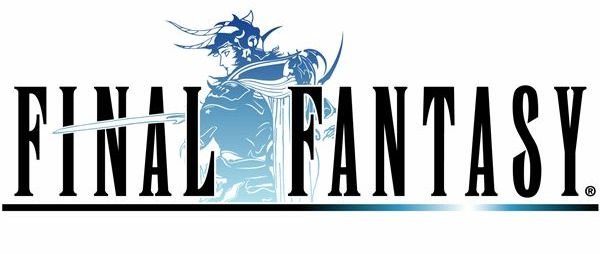
Final Fantasy Overview
In 1987, one of the most influential and popular gaming franchises in history came into existence. Developed in Japan by a new gaming company known as “Square,” Final Fantasy was released for the Nintendo gaming console. From this game, the franchise evolved to include 14 consecutive games in the main series of Final Fantasy, not to mention dozens of other spin off games and additional supplemental materials in the game. Final Fantasy games have included many diverse and unique worlds that have been known the world over as the best role playing games in existence.
Final Fantasy
Released only in Japan in 1987, Final Fantasy was the pioneering video game in the franchise. Though it has since been re-released in American and other countries around the world, often packaged with Final Fantasy II, the game was one of the first turn-based video games ever to be created. It was because of this game that most contemporary role-playing video games have since come into existence.
Final Fantasy contained only four characters that could be present in the party, which is the smallest potential group of any Final Fantasy game in the main franchise.
Final Fantasy II
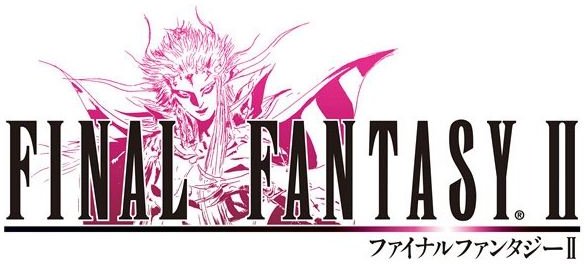
In 1988, Square released a second installment of the same game. Though the story was entirely different, as were the gameplay mechanics of the game, Final Fantasy II followed the same niche as the original Final Fantasy game, adhering to the turn-based combat system of the first. The game, like Final Fantasy, was originally released only in Japan, though it has since been re-released on a variety of platforms for different countries. The game consists of five main characters, only four of which can be accessed at any point in the game. Final Fantasy II was still a tentative game continuing despite the slightly wavering Square Company’s financial portfolio.
Final Fantasy III
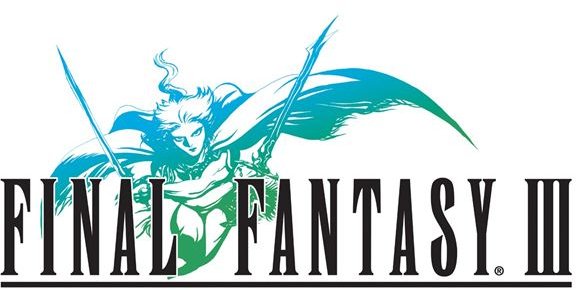
In spite of their struggling bank account, Square released a third installment, again, only in Japan during the original release. Final Fantasy III was the first game in the series to include a job-class system. It was also the first game where the main character could decide what type of fighter he wanted to be. This would eventually become an earmark for the Final Fantasy game franchise, but it was still widely unpopular in the games of the day. The 1990 game would prove to be Square’s most popular game yet, grossing twice what the following two games had made.
Final Fantasy IV
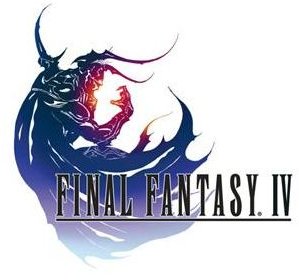
In the tradition of one game per year, Square released Final Fantasy IV in 1991. This was the first game to feature a main character named Cecil, a popular name in the following video games. This would be yet another Japan-exclusive video game for the Franchise until much later in 2008 when it would be released worldwide in an expanded package. This game continued Final Fantasy III’s idea of changing job classes in the game, making it nearly as popular as FFIII.
Final Fantasy V
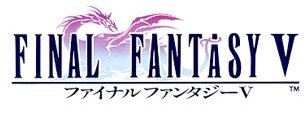
Having received major success in Japan for the series, in 1992, Square released Final Fantasy V to the Japanese gaming community. Though the turn-based system was largely stuck to in this game, it was the first game to include interactive items during battle. However, Final Fantasy V was largely criticized for being just another cookie cutter Final Fantasy. With great disappointment in the game, the Final Fantasy community began to lose some of their devout vigor.
Final Fantasy VI
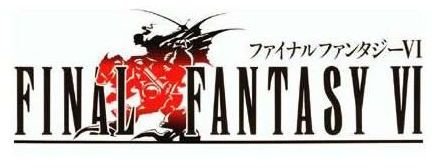
Following the unsuccessful reception of Final Fantasy V, Square decided to reformat their gameplay as well as their marketing. For the first time ever, Square released a Final Fantasy game in the US around the same time as it was released in Japan in the hopes of obtaining a newly devoted fan base. 1994 proved to be a good year for Square, as their game reached the gaming consoles of nearly twice the people in the first six months. Final Fantasy VI is also a notable game because it contains 14 playable characters throughout the story line, which is the most playable characters of any Final Fantasy video game.
Final Fantasy VII
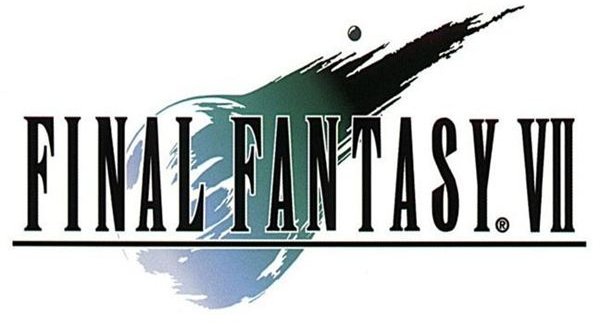
Potentially the most famous Final Fantasy game in the history of the franchise was released in 1998. Final Fantasy VII was different for many reasons. The largest reason was the fact that the game was the first ever to utilize three-dimensional graphics. With one of the longest and most immersive story lines in the franchise, Final Fantasy VII became a fan favorite and went on to have the most spin-offs and films of any game in the series.
Final Fantasy VIII
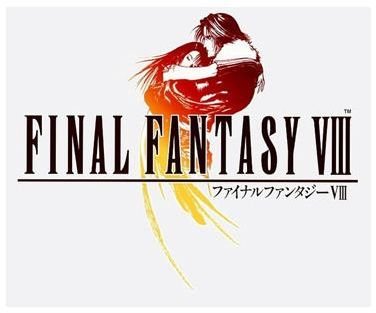
In 1999, Square, which had since been renamed, Square Enix, released a new game in the main franchise, Final Fantasy VIII. This particular game received a good deal of criticism because its gameplay mechanics were very complex, more so than any previous Final Fantasy game. The story, however, seemed to make up for this as it was widely regarded as a monumental success due to the intense storyline.
Final Fantasy IX
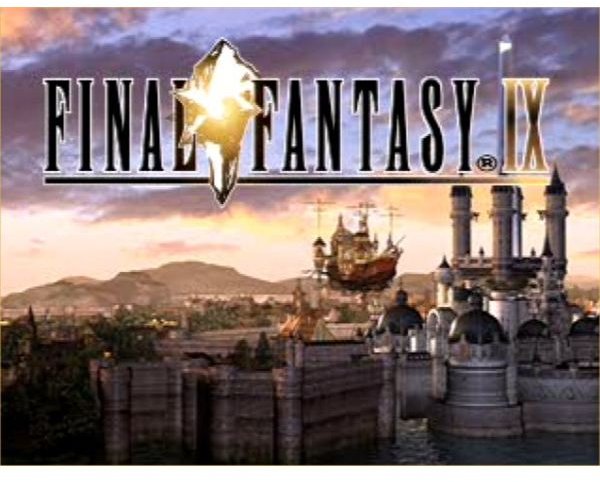
Though slightly lesser known, Final Fantasy IX was released in 2000 and featured a French Revolution setting with a fantasy twist. The game was considered a success in Japan and something of a ghost game in the US. In the US, most people overlooked Final Fantasy IX, often moving on to the more popular following game. However, the story and characters were some of the most loved for the year 2000.
Final Fantasy X
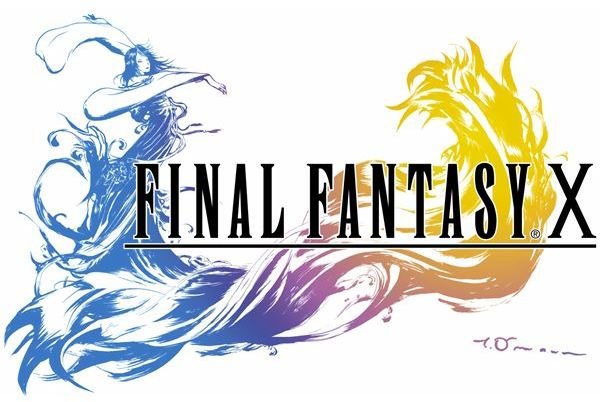
Ushering in the new era of gaming consoles, Final Fantasy X was the first game in the series to be released on the Playstation 2 in 2001. Final Fantasy X was easily the most realistic-looking Final Fantasy video game to date. It was also the first game in the series to incorporate multiple twists on reality and connections between characters not previously apparent. The game was very unique in how the story was told, making it a monumental success.
Final Fantasy XI
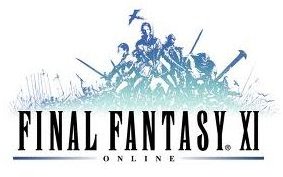
Following the rising tradition of MMORPGs, Final Fantasy XI was the first online game in the main franchise. In 2003, the game was released worldwide, becoming one of the first MMORPGs to be popularized in the world, right after World of Warcraft. Though the game received much criticism because of the limited player demographic and pay-to-play feature, it was still fairly successful.
Final Fantasy XII

Following a brief Final Fantasy hiatus, Square Enix came back with a new game in 2006. Final Fantasy XII was the first game in the franchise to stray away from the turn-based system of combat. It utilized a more unique form of real-time fighting found in few games before that time. The game also included a wide array of characters, possible the largest cast of characters and NPCs in any other game in the series.
Final Fantasy XIII
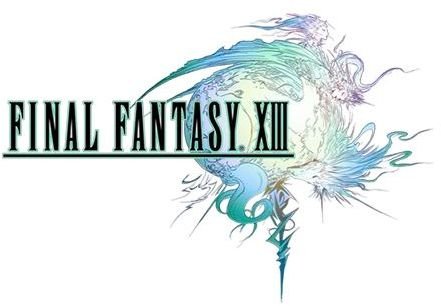
In 2009, Square Enix released Final Fantasy XIII. Noticing a lagging gamer demographic in their recent game, FFXII, Square Enix instead decided to return to their roots with a turn-based system. However, this game did not please all players, since Final Fantasy XIII was the first game ever to feature a female protagonist. Though the game lagged in sales, the series sold millions of copies based on its brand name alone.
Final Fantasy XIV

Noticing the success of the previous game, Final Fantasy XI, Square Enix decided to release a follow-up MMORPG. Thus, Final Fantasy XIV was released in 2010. Though the game did not receive much long-term commitment coming out of the gate, it soon rose to be one of the more popular MMORPGs of the time. Again, Square Enix saw a lag in player demographics, but the brand name helped carry the game to successful sales.
References
Information and images from the Final Fantasy website.
This post is part of the series: Final Fantasy History
A look back at the history of the Final Fantasy franchise.
